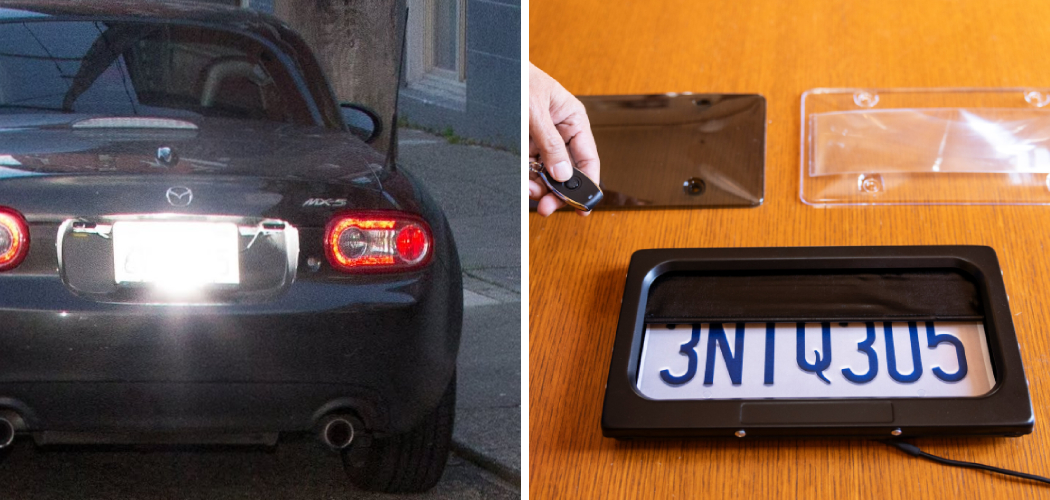Are you tired of seeing your license plate number being captured by traffic cameras? Do you want to protect your privacy and prevent your personal information from being easily accessible? In this guide, we will discuss how to block license plate from camera.
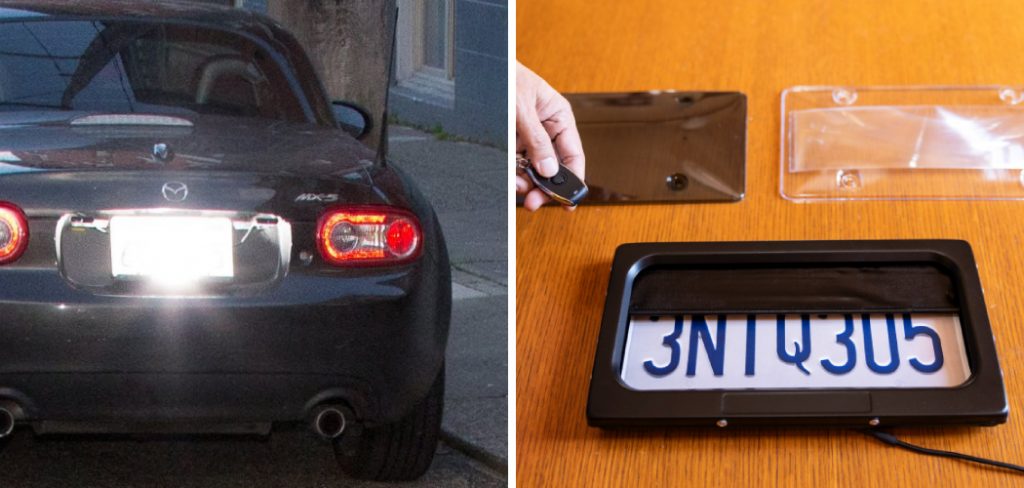
Ensuring the privacy and security of your vehicle’s license plate has become an increasingly important concern in a world where surveillance cameras and automated systems are more prevalent than ever. From traffic cameras to toll booths and even personal devices, license plates can easily be captured and potentially misused. Blocking or obscuring your license plate from being recorded by cameras can help protect your personal information and prevent unauthorized tracking or identification.
This guide will explore various methods to block or obscure your license plate from cameras while ensuring compliance with legal regulations.
What are the Causes of License Plate Tracking?
There are several reasons why license plate tracking may occur. Some common causes include:
- Law enforcement and government agencies use automated license plate recognition technology to identify stolen or wanted vehicles.
- Private companies, such as toll road operators and parking lot owners, use cameras for billing purposes.
- Surveillance and security systems utilizing license plate data for monitoring or investigation purposes.
- Data collection by advertising companies for targeted marketing.
While some of these practices may have legitimate reasons, the increased use and potential misuse of this technology have raised concerns about privacy and personal information protection.
What Will You Need?
To protect yourself and your personal information while using the internet, here are some essential tools and tips that you should consider:
- Antivirus Software
- Virtual Private Network (VPN) Service
- Password Manager
- Two-Factor Authentication (2FA)
- Ad Blocker
- Browser Extensions for Privacy and Security
- Encryption Tools
- Regular Software Updates
Once you have these tools in place, following some basic practices to ensure your online safety and privacy is important.
8 Easy Steps on How to Block License Plate From Camera
Step 1. Use a Privacy Cover or Plate Shield
A privacy cover, often referred to as a plate shield, is a specially designed cover for your license plate that can obscure its visibility to cameras while still keeping it readable for humans.
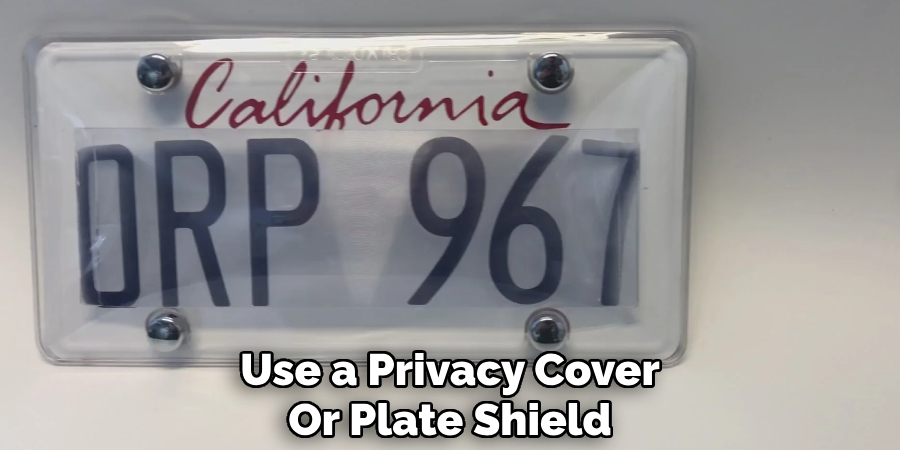
These covers are typically made from materials that create a slight distortion or glare when viewed at certain angles or through a camera lens. This makes it more difficult for automated license plate readers (ALPRs) and traffic cameras to capture the plate number accurately. When choosing a privacy cover, ensure it complies with local laws, as some jurisdictions strictly regulate or prohibit their use.
Additionally, opt for a durable, high-quality cover that is resistant to weather conditions to maintain effectiveness over time.
Step 2. Check Local Regulations
Before using a privacy license plate cover, it’s crucial to research the specific regulations in your area thoroughly. Laws regarding such covers can vary significantly between regions, with some allowing them under certain conditions and others outright banning their use.
For instance, some jurisdictions consider any device or material that obscures a license plate illegal, even if the intent is for privacy rather than evasion. Failure to comply with these regulations can result in fines, penalties, or other legal consequences. To avoid these complications, consult local transportation or law enforcement agencies or refer to official government resources.
This step will ensure that the privacy cover is used legally and responsibly, providing peace of mind and mitigating the risk of accidental non-compliance.
Step 3. Install Securely
To install the privacy cover securely, following the manufacturer’s instructions closely is crucial. Begin by ensuring that the surface where the cover will be applied is clean and dry, as dirt or moisture can compromise the adhesive or attachment mechanism.
Use the tools provided or recommended by the manufacturer to affix the privacy cover properly, checking that it is aligned accurately and does not obstruct any essential components like lights, sensors, or visibility features. Once installed, test the privacy cover by gently applying pressure to confirm its stability and ensuring it remains firmly attached during everyday use. Regularly inspect the cover for signs of wear or looseness over time, and reattach or replace it as needed to maintain secure and effective coverage.
By taking these steps, you can ensure that your privacy cover remains functional and reliable, providing you with the intended benefits without compromising safety or efficiency.
Step 4. Keep Your Devices Updated:
Regular device updates are crucial to maintaining optimal performance, security, and compatibility with the latest advancements. Manufacturers frequently release updates to patch vulnerabilities, improve functionality, and enhance user experience.
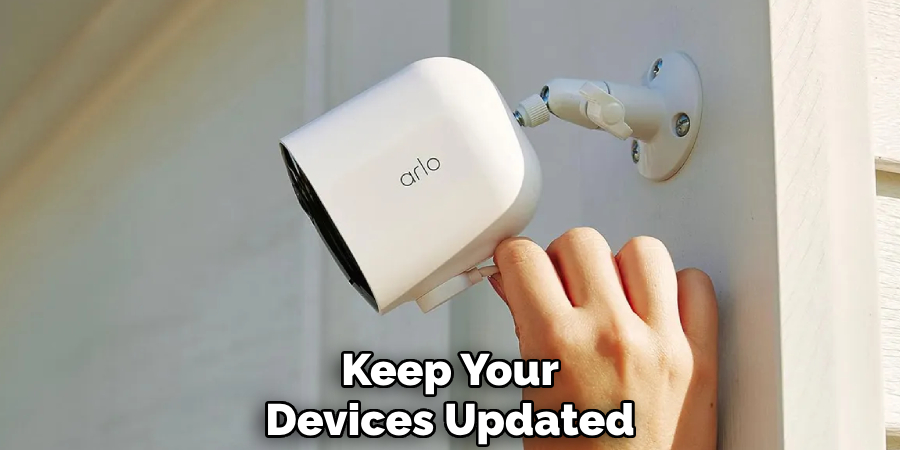
Neglecting these updates can expose your devices to security risks or cause compatibility issues with new software or applications. Enable automatic updates whenever possible to keep your devices updated, ensuring critical updates are applied without delay. Additionally, periodically check for firmware or software updates manually, especially for devices that may not support automatic updating.
Staying proactive about updates protects your data and ensures your devices continue to operate efficiently and effectively over time.
Step 5. Back Up Your Data
Backing up your data is crucial for several reasons. First and foremost, it serves as a safety net in case of hardware failure or cyber attacks. If your device is compromised, a recent backup can help you quickly restore your data and minimize potential loss.
There are multiple ways to back up your data, such as using external hard drives, cloud storage services, or specialized backup software. Choose the best method for you based on the sensitivity of your data and ease of accessibility.
It is essential to regularly schedule backups to ensure all necessary files are included and to avoid losing any recent changes or additions. Remember to test your backups periodically to ensure they function correctly and your data can be quickly restored.
Step 6: Identify Critical Data
Critical data refers to the information essential to your personal or professional activities and cannot be lost without significant consequences. To identify this data, start by assessing the files, documents, and other information you use daily or that are irreplaceable. This might include financial records, legal documents, client data, personal photos, or sensitive business-related files.
Categorizing your data by importance can further help prioritize what needs regular and secure backups. Additionally, consider consulting with team members or other stakeholders to ensure that no vital files are overlooked.
Understanding the actual value of your data allows you to implement the appropriate safeguards and recovery strategies to protect against potential loss.
Step 7. Implement Regular Backups and Disaster Recovery Plans
Regular backups are crucial in protecting your data against loss or damage. It is recommended to have a backup system for all critical files, whether physical copies or digital copies stored on an external hard drive or cloud storage.
Implementing a regular backup schedule can vary depending on the amount of data you have and how frequently it changes. However, it is generally advised to perform backups at least once a week for small businesses and more frequently for larger enterprises with high volumes of data.
In addition to regular backups, having a disaster recovery plan is essential in ensuring minimal downtime and quick recovery in the event of data loss. This plan should outline steps and procedures for restoring data from backups and getting systems back up and running.
Step 8. Keep Your Camera Running
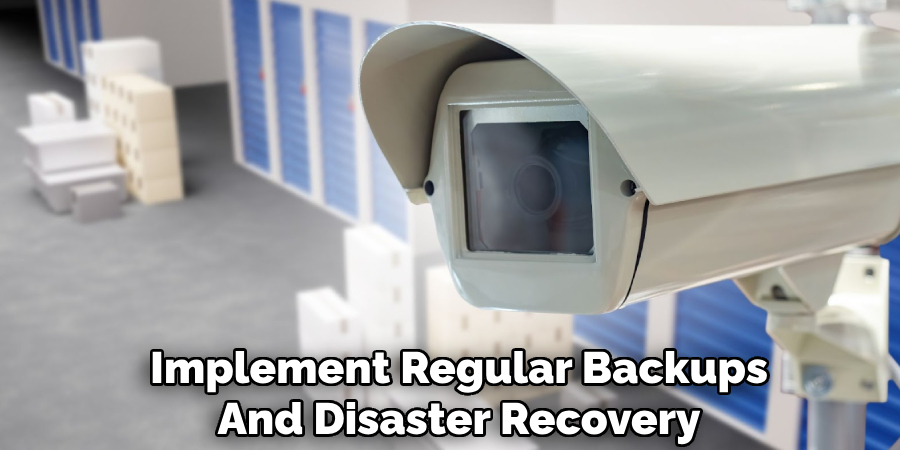
Another critical aspect of adequate security is to keep your surveillance camera running at all times. This can help capture any suspicious activity or incidents on your premises, providing valuable evidence for investigation and prosecution.
It is also essential to regularly check and maintain your cameras to ensure they are functioning properly. This includes cleaning the lenses, ensuring proper positioning, and adjusting settings as needed. In addition, consider investing in higher quality cameras with features such as night vision and motion detection for added security.
By following these tips, you can significantly enhance the security of your property and provide peace of mind for yourself and others.
5 Things You Should Avoid
- Using Reflective License Plate Covers: Avoid relying on reflective license plate covers to block cameras. While they may interfere with flash photography in specific situations, they are often ineffective against modern surveillance and traffic cameras equipped with advanced technology.
- Applying Spray Coatings: Spraying your license plate with anti-camera sprays can be tempting, but these products rarely work as advertised. Furthermore, they may leave noticeable residue, leading to legal troubles in many regions.
- Tampering with License Plates: Altering or obscuring your license plate by physically cutting, bending, or covering it is illegal and a clear violation of traffic laws. Such actions may result in fines, penalties, or even worse consequences.
- Using Illegal Gadgets or Devices: Electronic gadgets that distort or hide license plate visibility from cameras, such as plate-flipping mechanisms or IR light emitters, are frequently illegal. Using these gadgets can lead to serious legal repercussions and undermine your credibility.
- Relying on Myths and Unproven Solutions: Trusting unverified or myth-based solutions, like attaching plastic wraps or using everyday household items to obscure plates, is ineffective and can even draw more attention to your vehicle. Focus on understanding the laws and taking lawful precautions where necessary.
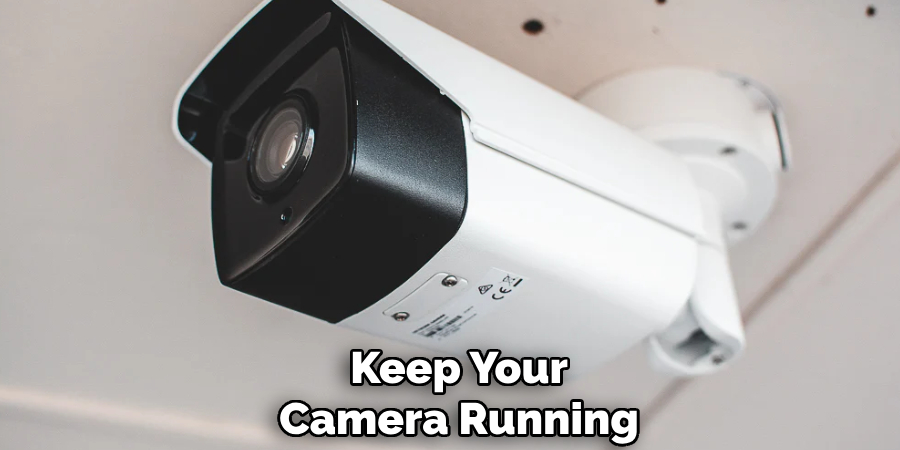
Conclusion
How to block license plate from camera is a topic that requires careful consideration of both legal and ethical implications.
While protecting privacy is a valid concern, it is essential to prioritize lawful methods and avoid any actions that violate regulations or could harm your reputation. Understanding the laws in your region and taking responsible steps, such as using lawful privacy covers approved by authorities or parking strategically, can help you maintain your privacy without breaking the law.
Remember that the best approach is to balance safeguarding personal information and respecting the legal framework.

